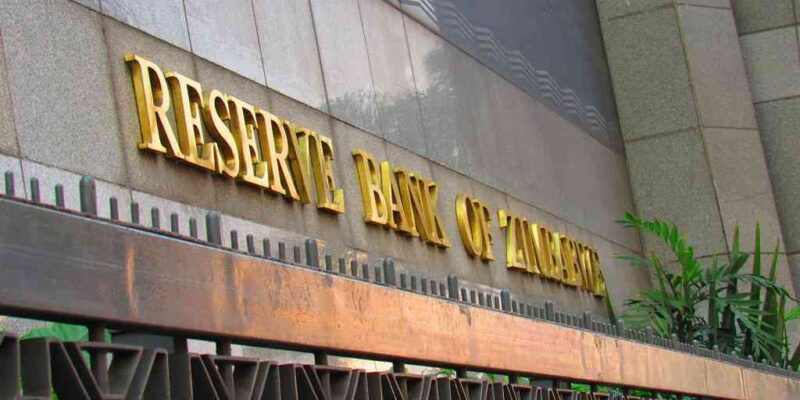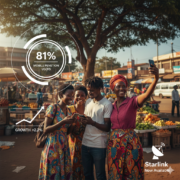The Reserve Bank of Zimbabwe (RBZ) has declared its firm intention to replace the United States dollar with the Zimbabwe Gold (ZiG) currency for all local transactions — including the purchase of fuel and passports — as the country accelerates its transition toward a single-currency economy.
RBZ Governor Dr. John Mushayavanhu confirmed that the central bank is preparing for full de-dollarisation as part of its long-term monetary strategy. The move is part of a broader effort to restore confidence in the national currency and stabilize Zimbabwe’s financial system.
“It’s a matter of time before the parallel market is completely subdued,” said Dr. Mushayavanhu, indicating growing momentum behind the use of ZiG in day-to-day commerce. “Once the reserves reach the desired thresholds, the foundation for a smooth transition towards a mono-currency economy will have been laid, where all domestic transactions would be conducted using the ZiG — including for the purchase of fuel and passports.”
The transition will not happen overnight. According to the RBZ, it will follow a phased, market-led approach that allows for gradual adjustment while avoiding economic shocks. This strategy has already been outlined in previous statements by the central bank, including a February 2025 interview in which Dr. Mushayavanhu emphasized the importance of a “gradual and market-driven approach to de-dollarisation.”
The ZiG currency, introduced in April 2024, is backed by both gold and foreign currency reserves — a critical move aimed at anchoring its value and ensuring public trust. While usage remains mixed, particularly in the informal sector and for high-value transactions, the RBZ reports a growing share of retail and formal business transactions now being settled in ZiG.
“The rising proportion of ZiG-denominated transactions in the national payment system and the proportion of ZiG deposits held by banks is a step in the right direction,” said Dr. Mushayavanhu.
Fuel stations and passport offices, currently among the last major holdouts still operating in USD, are expected to gradually adopt the ZiG once reserve levels and market conditions allow. While no fixed timeline has been announced, the central bank insists the plan is not only active but irreversible.
Analysts say the success of this ambitious plan hinges on the RBZ’s ability to build and maintain public confidence in the new currency. Consistent pricing, stable exchange rates, and clear communication from monetary authorities will all be essential to ensuring Zimbabweans embrace the ZiG over the dollar.
As the country edges closer to the 2030 de-dollarisation target under the National Development Strategy 1 (NDS1), the Reserve Bank appears determined to prove that a stable, gold-backed local currency can once again be the backbone of Zimbabwe’s economy.
“Gradual and incremental but notable milestones should be achieved along the way,” Dr. Mushayavanhu said. “It’s about winning trust, step by step.”
The road to a single-currency economy may still be long, but the direction is clear — and for the RBZ, there is no turning back.














Comments